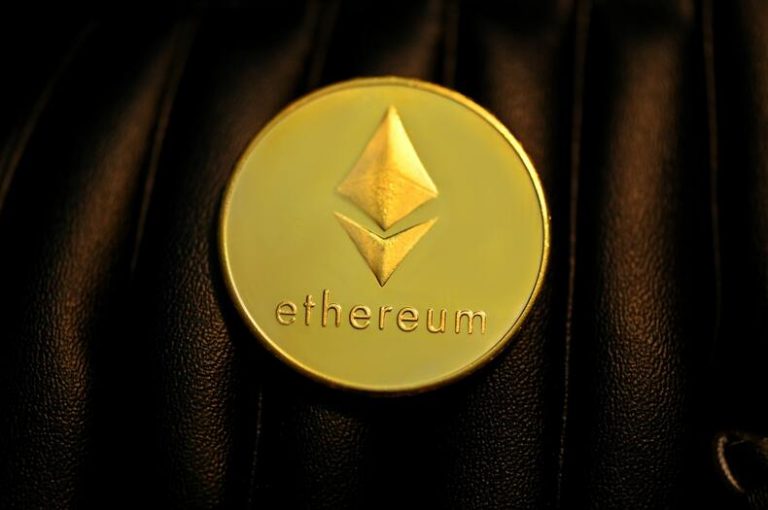The Mystique of Blockchain: Trust, Proof, Law!
Blockchain is revolutionizing industries with its core tenets of trust, verification, and regulatory adaptability. This technology not only promises transparency but also challenges our traditional understanding of transactional systems.
The Foundation of Blockchain: Trust
The modern digital age has introduced a plethora of opportunities and challenges alike. At the center of many technological innovations lies the vital concept of trust. Blockchain technology, often hailed as a breakthrough, uniquely approaches the idea of trust by establishing it as an inherent feature rather than an external factor.
Understanding trust in the context of digital transactions is pivotal. Traditionally, trust was established through intermediaries, like banks, that stood as guarantees to the legitimacy of a transaction. However, blockchain revolutionizes this by introducing the “Trust Protocol.” This protocol isn’t just a fancy term; it signifies how blockchain operates on a decentralized system, minimizing the need for central authorities. By dispersing control and ensuring transparency, blockchain inherently builds trust among its users. For a practical application of blockchain technology, platforms like ImmediateTurbo provide users with online trading experiences.

Another cornerstone of trust in the blockchain realm is the concept of immutability. Transactions, once recorded on a blockchain, cannot be altered or tampered with. This immutability assures users of the authenticity and permanence of their actions on the blockchain, leading to heightened confidence in the system.
Verify: The Mechanism Behind Blockchain
A core component is cryptography. Within the blockchain, cryptographic functions ensure that data remains confidential and retains its integrity. It’s not just about encrypting data for security but also about verifying the legitimacy of transactions. Secure Hash Algorithms, for instance, transform transaction data into a fixed size series of numbers, creating a unique “fingerprint.” Any change in the transaction, no matter how minuscule, would drastically alter this fingerprint, making tampering evident.
Beyond cryptography, consensus mechanisms play a crucial role in verifying transactions on the blockchain. In decentralized systems, where there’s no central authority overseeing and validating transactions, a method is needed to ensure that all participants agree on the validity of transactions. This is where consensus protocols like Proof of Work (PoW) and Proof of Stake (PoS) come into play. Through these protocols, participants in the network, often termed as nodes, agree upon the truthfulness and validity of transactions. These consensus mechanisms not only validate transactions but also deter malicious actors by making attacks financially unviable.
To see blockchain verification in action, one can look at a myriad of real-world applications. Whether it’s tracking the origin of products in supply chains or verifying the authenticity of academic credentials, blockchain’s verification capabilities are being leveraged across sectors. These implementations showcase not only the technical prowess of blockchain but also its potential to add layers of transparency and authenticity to various processes.
Verification is at the heart of blockchain’s value proposition. Through a combination of cryptography and consensus mechanisms, blockchain offers a robust, transparent, and tamper-proof system.
Legalize: Navigating the Regulatory Landscape
The rapid growth and adoption of blockchain technology have not gone unnoticed by lawmakers and regulators. As blockchain weaves its way into various industries, the need for a clear regulatory framework becomes more pronounced. Navigating this landscape is essential for both innovators and investors in the blockchain realm.
Differing views on blockchain’s legal standing have emerged across the globe. In some countries, blockchain and its associated technologies, especially cryptocurrencies, are welcomed with open arms, seen as harbingers of economic progress and technological advancement. In others, concerns about potential misuse, especially in areas like money laundering or tax evasion, have led to stringent regulations or even outright bans.
Intellectual property rights in the blockchain domain present another intricate layer. Innovators are striving to patent their blockchain-based solutions, leading to a surge in patent applications related to this technology. However, there’s a counter-movement advocating for open-source blockchain solutions. The open-source approach, proponents argue, fosters innovation by allowing developers to build upon and improve existing technologies.
The road to widespread legal adoption is not without its challenges. For global blockchain legalization, harmonizing regulations across borders will be pivotal. This requires international cooperation and a deep understanding of the technology’s implications. Furthermore, as blockchain evolves, regulations will need to be dynamic, adapting to the ever-changing nature of the technology.
In wrapping up, while the regulatory landscape for blockchain is still taking shape, its importance cannot be overstated. Clear, forward-thinking regulations can bolster innovation, provide clarity for businesses, and protect consumers, ensuring that blockchain realizes its full potential.
Conclusion
Embracing blockchain means understanding its foundation of trust, mechanisms of verification, and the evolving regulatory landscape. Its potential to transform global processes remains unmatched, ushering in a new era of digital innovation.






